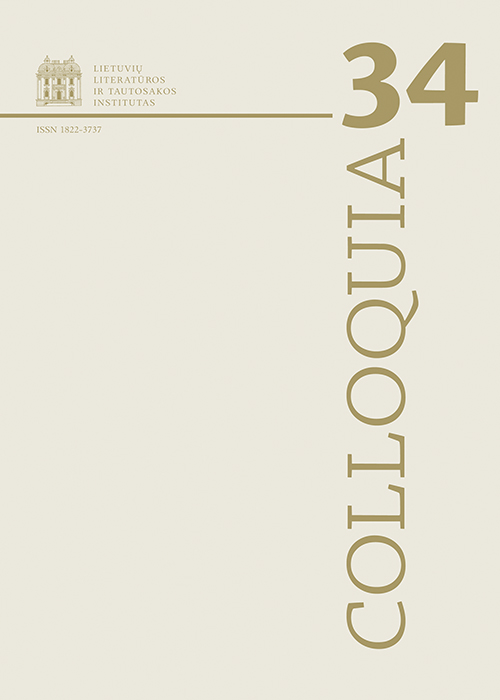Studying the History of Emotions: The Theories of Peter and Carol Stearns, Barbara Rosenwein, and William Reddy
Abstract
The author of this article presents the outcome of several decades in the study of emotional history, a field that emerged in the West during the 1970s. She focuses primarily on the work of Peter and Carol Stearns, Barbara Rosenwein, and William Reddy, who not only analyzed emotions in concrete historical periods but developed conceptual models for studying how emotions change.
The Stearns propose making a distinction between emotional standards (or emotionology) and emotional experience. They claim that until they began to work on the topic, most writing about emotions in history explored societal emotional standards rather than revealed human emotions. The author of this article argues that the distinction introduced by the Stearns is losing functionality: according to them, because all historical sources are shaped by dominating emotional standards, trying to grasp concrete emotional experience is problematic.
Rosenwein opposes the idea of the Middle Ages as a period of unbridled, childish emotion; she argues that because emotions are the products of social experience and education, it is erroneous to think that there was a time when the experience and expression of emotions were not controlled. Rosenwein proposes the concept of emotional communities and argues that more than one of these can exist in a society. An emotional community emphasizes some emotions while avoiding or suppressing others, thus encouraging a type of emotional expression characteristic to that community. The author of the article notes that, while Rosenwein separates the Stearns’s image of a monolithic society into smaller components, that author neglects the question of concrete individual’s experience.
For his part, Reddy takes into account both society’s influence on emotional experience and expression, and the individual’s capacity to shape his or her emotional life. Reddy explains emotional experience as an internal process of translation in the individual, in which signals received by the body and the surrounding environment are translated into a socially defined language. The idea of the performativity of language helps Reddy to demonstrate that emotional statements not only describe experience but help to shape it. This article argues that Reddy’s theory is most closely aligned with concrete individual experience, and can explain how, as a result of the combined influence of sociocultural conditions and individual experience, emotions change over time.
Downloads
Most read articles by the same author(s)
- Ramunė Bleizgienė, My and Your Ability and Disability , Colloquia: Vol. 50 (2022): Colloquia
- Ramunė Bleizgienė, It Is Worth Returning to Žemaitė , Colloquia: Vol. 46 (2021)




